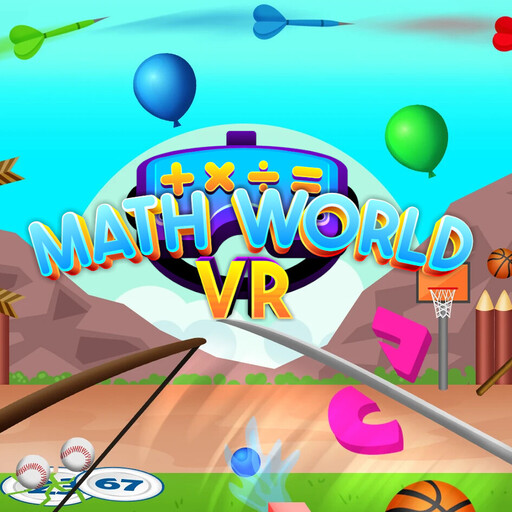In the ever-evolving world of education, the integration of Science, Technology, Engineering, Arts, and Mathematics (STEAM) in early education has become a focal point for educators and parents alike. The STEAM approach is not just about teaching these subjects in isolation but about creating a holistic learning environment that encourages critical thinking, creativity, and problem-solving. This article explores the importance of integrating STEAM in early education and provides practical strategies for its successful implementation.
The Importance of STEAM in Early Education
The early years of a child’s life are crucial for cognitive, social, and emotional development. Implementing STEAM early in kids education can have learning benefits. During this period, children are naturally curious, exploring their environment and learning about the world around them. This innate curiosity provides a perfect platform for introducing STEAM concepts.
Integrating STEAM for kids in early education offers numerous benefits. It fosters creativity and innovation, encourages critical thinking, and equips children with the skills they need to succeed in the 21st-century workforce. Moreover, it helps children understand the interconnectedness of the world around them, promoting a holistic view of learning.
Practical Strategies for Integrating STEAM in Early Education
- Inquiry-Based Learning: This approach encourages children to ask questions, explore, and discover. Teachers can facilitate this by creating an environment that stimulates curiosity. This helps allow children to experiment and learn through trial and error.
- Project-Based Learning: This involves children working on a project over an extended period, allowing them to delve deeper into a topic. For example, a project on ‘Life Cycle of a Butterfly’ can incorporate science (life cycle), technology (documenting observations), engineering (creating a butterfly habitat), art (drawing the life cycle), and mathematics (measuring growth).
- Cross-Curricular Connections: STEAM is not about teaching subjects in isolation but about making connections between different areas of learning. For instance, a lesson on shapes (mathematics) can be linked to a lesson on buildings (engineering) or a lesson on patterns (art).
- Real-World Applications: STEAM learning should be relevant and applicable to the real world. Field trips, guest speakers, and real-world problems can make learning more engaging and meaningful.
- Use of Technology: Technology can be a powerful tool for STEAM education in early kids learning. From coding toys to virtual reality, technology can bring STEAM concepts to life and make learning more interactive and fun.
The Potential Long-Term Impact of STEAM on Child Development
While the immediate benefits of STEAM in early kids education are evident, it’s essential to understand its potential long-term impact on a child’s overall development.
- Lifelong Curiosity: Early exposure to STEAM nurtures a child’s innate curiosity, setting the foundation for a lifelong passion for learning. This enthusiasm often translates to a proactive approach to education and personal growth in later years.
- Adaptability in a Changing World: The rapid pace of technological advancements means that the future workforce will require adaptability. STEAM education equips children with a versatile skill set, enabling them to navigate and adapt to various professional landscapes.
- Enhanced Cognitive Abilities: STEAM activities often involve analytical thinking, pattern recognition, and logical reasoning. Regular engagement with such tasks can enhance cognitive abilities, leading to improved academic performance across subjects.
- Emotional and Social Growth: Collaborative STEAM projects teach children the value of teamwork, communication, and empathy. These interpersonal skills are crucial for personal and professional success in adulthood.
- Ethical and Sustainable Thinking: Many STEAM projects focus on real-world challenges, such as environmental conservation or community welfare. This instills a sense of responsibility and ethical thinking in children, shaping them into conscientious adults.
- Preparation for Future Innovations: As we move towards a more tech-driven world, the innovations of tomorrow will likely stem from STEAM fields. Early exposure ensures that children are not just passive consumers but active contributors to future advancements.
Conclusion
Integrating STEAM in early education for kids is not just about preparing children for specific careers but about equipping them with the skills to navigate an increasingly complex world. It’s about fostering a love for learning, encouraging creativity and innovation, and empowering children to become problem solvers and critical thinkers. With thoughtful planning and implementation, STEAM can transform early education, setting children on a path to lifelong learning and success.
In the words of Albert Einstein, “The important thing is not to stop questioning. Curiosity has its own reason for existing.” Let’s harness this natural curiosity and channel it towards STEAM learning. Creating a generation of learners who are not just consumers of information but creators and innovators.








